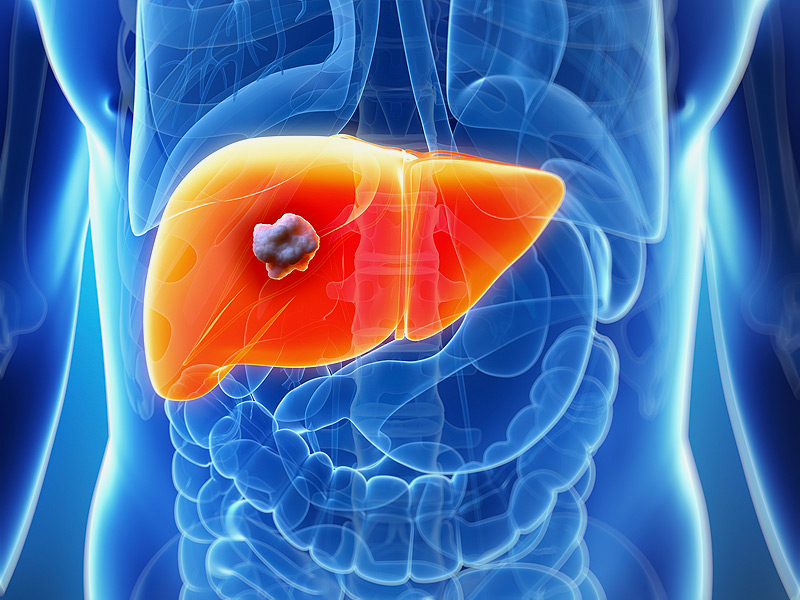Abstract
Elevated plasma levels of hyaluronic acid (HA) is a disease marker in liver pathology and other inflammatory disorders. Inhibition of HA synthesis with coumarin 4-methylumbelliferone (4MU) has a beneficial effect in animal models of fibrosis, inflammation, cancer and metabolic syndrome. 4MU is an active compound of approved choleretic drug hymecromone with low bioavailability and a broad spectrum of action. New, more specific and efficient inhibitors of hyaluronan synthases (HAS) are required. We have tested several newly synthesized coumarin compounds and commercial chitin synthesis inhibitors to inhibit HA production in cell culture assay. Coumarin derivative compound VII (10′-methyl-6′-phenyl-3′H-spiro[piperidine-4,2′-pyrano[3,2-g]chromene]-4′,8′-dione) demonstrated inhibition of HA secretion by NIH3T3 cells with the half-maximal inhibitory concentration (IC50) = 1.69 ± 0.75 μΜ superior to 4MU (IC50 = 8.68 ± 1.6 μΜ). Inhibitors of chitin synthesis, etoxazole, buprofezin, triflumuron, reduced HA deposition with IC50 of 4.21 ± 3.82 μΜ, 1.24 ± 0.87 μΜ and 1.48 ± 1.44 μΜ, respectively. Etoxazole reduced HA production and prevented collagen fibre formation in the CCl4 liver fibrosis model in mice similar to 4MU. Bioinformatics analysis revealed homology between chitin synthases and HAS enzymes, particularly in the pore-forming domain, containing the proposed site for etoxazole binding.
Introduction
Recent experimental data reveal hyaluronan synthase 2 (HAS2) as an important drug target in fibrosis (Andreichenko et al. 2019; Yang et al. 2019), cancer (Sato et al. 2016) and metabolic syndrome (Grandoch et al. 2019). 4-methylumbelliferone (4MU) is the most widely used inhibitor of hyaluronan (HA) biosynthesis (Nagy et al. 2015). Several other compounds were reported to inhibit HA secretion by different cell lines, including analogues of nonsteroid estradiol receptor agonists (Mason et al. 1984) multidrug resistance inhibitors, valspodar or verapamil (Prehm and Schumacher 2004), vesnarinone (Ueki et al. 2000), fluoxetine (Prozac) amitriptyline (Yaron et al. 1999) and some other reviewed in (Kudo et al. 2017). None of those compounds was shown to be direct inhibitors of HAS, and different mechanisms of action were proposed. Characterization of inhibitors of HA production directly interacting with HAS is essential for the perspective drug development.
4MU is a natural coumarin compound of plant origin. It is used for cholestasis treatment under the trade name “Hymecromone.” The inhibitory effect of 4MU on HA production by human fibroblasts in culture was first discovered in 1995 (Nakamura et al. 1995) by chance during the investigation of β-xyloside induction of galactosaminoglycan synthesis. It was shown that not only β-xyloside-4MU but also 4MU itself inhibited the production of HA in human fibroblasts. Simultaneously, 4MU did not affect the synthesis of other glycosaminoglycans (chondroitin 4-sulfate, chondroitin 6-sulfate and dermatan sulfate) in concentrations of up to 1 mM. In the cell-free assay using plasma membrane preparations containing hyaluronan synthase activity (Mian 1986) 4MU did not inhibit HA synthesis (Nakamura et al. 1997). 4MU is a substrate for UDP-glucuronyltransferases. It was suggested that exhaustion of the availability of HAS substrate UDP-GlcUA in the presence of 4MU might partially account for the inhibition of HA synthesis in mammalian cells (Kakizaki et al. 2004). Incubation with 4MU depleted UDP-GlcUA levels by 38–95% in A2058 melanoma cells, MCF-7 and MDA-MB-361 breast, SKOV-3 ovarian and UT-SCC118 squamous carcinoma cells (Kultti et al. 2009). It is well accepted that 4MU may have a complex effect on HA production. Substrate depletion (Kakizaki et al. 2002) is considered to be one of the possible reasons for the 4MU inhibitory effect on HA production. However, other mechanisms may also be fundamental, particularly at the lower concentration range.
4MU may regulate HA production on a transcriptional level. Kakizaki and others demonstrated downregulation of HAS2 gene expression by 4MU (Kakizaki et al. 2004; (Kultti et al. 2009; Vigetti et al. 2009; Saito et al. 2013; Sukowati et al. 2019). HAS2 expression must be regulated by nuclear receptors, particularly by glucocorticoid receptors. The expression of HAS2 mRNA is suppressed by dexamethasone (Zhang et al. 2000). Glucocorticoids induce fast and prolonged, near-complete suppression of HAS2 mRNA levels, mediated through decreases in both transcription rates and the message half-life (Zhang et al. 2000).
The Hirasaki University group first undertook the structural-functional analysis of 4MU derivatives in relation to HA synthesis. Several compounds with substitution of methyl and hydroxyl groups were investigated on the ability to inhibit HA production in cell lines at a fixed nontoxic concentration of 10 μM. Both methyl groups and hydroxyl groups were essential for inhibitory activity. In compounds retaining the 4-methyl group, inhibitory activity decreased in a row 4MU > 6,7-dihydroxy-4-methyl coumarin > 5,7-dihydroxy-4-methyl coumarin > umbelliferone and finally, 7-methoxy-4-methyl coumarin (incapable of making glucuronide compounds) were inactive at concentration 10 μΜ (Morohashi et al. 2006). We have synthesized several analogues of 4MU, intending to investigate the structure-functional relationship in cell culture hyaluronan production assays.
Mammalian HAS1, HAS2 and HAS3, belong to class I hyaluronan synthases (HAS) with chain elongation from the reducing end (Weigel 2015). They share homology, and with the protein encoded by DG42 (Spicer and McDonald 1998), a gene differentially expressed during the embryonal development of Xenopus (Sargent and Dawid 1983). The latter shared homology with yeast chitin synthase and was able to synthesize chitin in vitro and in vivo (Semino and Robbins 1995). Soon it was shown that DG42 is a hyaluronan synthase in vivo (Meyer and Kreil 1996; Varki 1996). Mammalian HAS indeed possess chitin synthase activity, which was carefully investigated by Weigel (2015) and Weigel et al. (2017). It was found that HAS, plant cellulose synthases and chitin synthases (CHS) comprise a family with functional and structural similarities, which are reflected in domain structures. The template enzyme shares a high functional similarity and a low sequence similarity (~15%) with bacterial SeHAS. Despite the poor sequence similarity, modelled 3D structures of HAS domains were of high quality as indicated by the global (P-value: 10–8) and absolute (GDT score: 5–2) quality measurements (Agarwal et al. 2019).
It prompted us to hypothesize that some chitin synthesis inhibitors may also inhibit hyaluronan production.







